-
 Bitcoin
Bitcoin $115100
-3.07% -
 Ethereum
Ethereum $3649
0.37% -
 XRP
XRP $3.070
-0.95% -
 Tether USDt
Tether USDt $0.0000
-0.06% -
 BNB
BNB $763.2
-0.11% -
 Solana
Solana $177.3
-4.69% -
 USDC
USDC $0.9998
-0.01% -
 Dogecoin
Dogecoin $0.2262
-4.01% -
 TRON
TRON $0.3142
1.79% -
 Cardano
Cardano $0.7908
-1.25% -
 Hyperliquid
Hyperliquid $42.20
-1.13% -
 Stellar
Stellar $0.4137
-2.00% -
 Sui
Sui $3.652
-1.36% -
 Chainlink
Chainlink $17.52
-2.20% -
 Bitcoin Cash
Bitcoin Cash $528.9
5.25% -
 Hedera
Hedera $0.2374
-1.84% -
 Avalanche
Avalanche $23.13
-1.71% -
 Litecoin
Litecoin $111.1
-2.30% -
 UNUS SED LEO
UNUS SED LEO $8.974
-0.31% -
 Shiba Inu
Shiba Inu $0.00001333
-1.46% -
 Toncoin
Toncoin $3.102
-1.04% -
 Ethena USDe
Ethena USDe $1.001
-0.05% -
 Uniswap
Uniswap $10.03
-0.76% -
 Polkadot
Polkadot $3.934
-1.93% -
 Monero
Monero $322.4
1.19% -
 Dai
Dai $1.000
0.01% -
 Bitget Token
Bitget Token $4.459
-2.45% -
 Pepe
Pepe $0.00001205
-4.02% -
 Aave
Aave $288.3
0.36% -
 Cronos
Cronos $0.1291
3.50%
How to combine DMI with OBV indicators? Is the DMI signal more accurate when the volume and price are coordinated?
Combining DMI and OBV indicators can enhance trading strategies by confirming trends through coordinated price and volume movements in cryptocurrency markets.
Jun 02, 2025 at 03:00 am
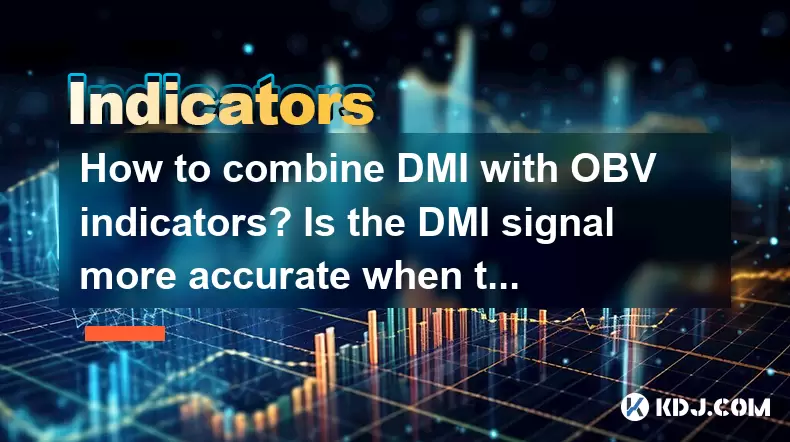
The Directional Movement Index (DMI) and On-Balance Volume (OBV) are two powerful technical indicators that traders in the cryptocurrency market often use to enhance their trading strategies. Combining these indicators can provide a more robust approach to understanding market trends and making informed trading decisions. This article will explore how to effectively combine DMI and OBV indicators, and whether DMI signals become more accurate when volume and price movements are coordinated.
Understanding DMI and OBV Indicators
The Directional Movement Index (DMI) is a technical indicator developed by J. Welles Wilder, which helps traders identify the direction of a trend and its strength. It consists of three main components: the Positive Directional Indicator (+DI), the Negative Directional Indicator (-DI), and the Average Directional Index (ADX). The +DI measures upward price movement, the -DI measures downward price movement, and the ADX quantifies the strength of the trend.
On the other hand, the On-Balance Volume (OBV) is a momentum indicator that uses volume flow to predict changes in stock price. OBV increases when the volume on up days is higher than the volume on down days, and decreases when the volume on down days is higher than the volume on up days. It helps traders understand the buying and selling pressure behind price movements.
Combining DMI and OBV Indicators
To combine DMI and OBV indicators effectively, traders need to understand how these indicators can complement each other. Here's how to set them up on a trading platform:
- Select a reliable trading platform that supports both DMI and OBV indicators, such as TradingView or MetaTrader.
- Add the DMI indicator to your chart. Ensure that you can see the +DI, -DI, and ADX lines clearly.
- Add the OBV indicator to the same chart. The OBV line should be visible below the price chart.
- Adjust the settings of both indicators according to your trading strategy. For DMI, you might want to adjust the period length, and for OBV, you might need to adjust the scale to better fit your chart.
Analyzing Signals from DMI and OBV
When combining DMI and OBV, traders look for confluence between the signals of both indicators to increase the probability of successful trades.
- DMI Signal Analysis: A bullish signal is generated when the +DI crosses above the -DI, and the ADX is above a certain threshold (usually 25), indicating a strong uptrend. Conversely, a bearish signal is generated when the -DI crosses above the +DI, and the ADX is above the threshold, indicating a strong downtrend.
- OBV Signal Analysis: An uptrend in OBV suggests that buying pressure is increasing, which can confirm a bullish trend. A downtrend in OBV suggests increasing selling pressure, which can confirm a bearish trend.
Coordinating DMI Signals with Volume and Price
The accuracy of DMI signals can indeed be enhanced when coordinated with volume and price movements, as observed through the OBV indicator. Here's how to assess this coordination:
- Bullish Scenario: If the +DI crosses above the -DI, and the ADX is above 25, check the OBV line. If the OBV is trending upwards, it confirms the bullish signal from DMI, suggesting a strong buying pressure and a potential continuation of the uptrend.
- Bearish Scenario: If the -DI crosses above the +DI, and the ADX is above 25, check the OBV line. If the OBV is trending downwards, it confirms the bearish signal from DMI, suggesting a strong selling pressure and a potential continuation of the downtrend.
Practical Examples of Using Combined Indicators
To illustrate the effectiveness of combining DMI and OBV, let's look at a few practical examples:
- Example 1: Bullish Confirmation: Suppose you notice that the +DI has crossed above the -DI on your chart, and the ADX is above 25, indicating a strong uptrend. You then check the OBV line and see that it has been steadily increasing over the same period. This confluence of signals suggests a high probability of a continuing uptrend, making it a good time to enter a long position.
- Example 2: Bearish Confirmation: In another scenario, you observe that the -DI has crossed above the +DI, and the ADX is above 25, indicating a strong downtrend. Upon checking the OBV line, you see that it has been steadily decreasing. This confirms the bearish signal from DMI, suggesting a high probability of a continuing downtrend, making it a good time to enter a short position.
Fine-Tuning Your Strategy with DMI and OBV
While combining DMI and OBV can significantly improve your trading strategy, fine-tuning these indicators to suit your specific trading style and risk tolerance is crucial.
- Adjust the Period Length: Experiment with different period lengths for both DMI and OBV to find the settings that best suit your trading timeframe. Shorter periods may be more suitable for day traders, while longer periods might be better for swing traders.
- Use Additional Confirmation: Consider using other technical indicators, such as moving averages or the Relative Strength Index (RSI), to further confirm the signals from DMI and OBV.
- Backtest Your Strategy: Before applying your combined DMI and OBV strategy in live trading, backtest it on historical data to ensure its effectiveness and make any necessary adjustments.
Frequently Asked Questions
Q1: Can DMI and OBV be used for all types of cryptocurrencies?
A1: Yes, DMI and OBV can be used for analyzing any cryptocurrency, as long as the trading platform supports these indicators. However, the effectiveness may vary depending on the liquidity and volatility of the specific cryptocurrency.
Q2: How often should I check the DMI and OBV indicators?
A2: The frequency of checking these indicators depends on your trading style. Day traders might check them multiple times a day, while swing traders might check them daily or weekly. It's important to align the frequency with your trading timeframe and strategy.
Q3: Are there any risks associated with relying solely on DMI and OBV for trading decisions?
A3: Yes, relying solely on any single set of indicators can be risky. Market conditions can change rapidly, and other factors such as news events, market sentiment, and broader economic indicators should also be considered to make well-rounded trading decisions.
Q4: Can DMI and OBV be used in conjunction with fundamental analysis?
A4: Absolutely, combining technical analysis with fundamental analysis can provide a more comprehensive view of the market. While DMI and OBV focus on price and volume trends, fundamental analysis can offer insights into the underlying value and potential of a cryptocurrency.
Disclaimer:info@kdj.com
The information provided is not trading advice. kdj.com does not assume any responsibility for any investments made based on the information provided in this article. Cryptocurrencies are highly volatile and it is highly recommended that you invest with caution after thorough research!
If you believe that the content used on this website infringes your copyright, please contact us immediately (info@kdj.com) and we will delete it promptly.
- StablecoinX's $360 Million Bet: Forging the Ethena Treasury
- 2025-07-25 15:30:12
- Ethereum's Wild Ride: Navigating Volatility and New Risks
- 2025-07-25 15:10:12
- Ethereum Inflows Outpace Bitcoin Outflows: Institutional Adoption Heats Up
- 2025-07-25 15:30:12
- XRP, Ripple, and Liquidations: Navigating the Crypto Turbulence
- 2025-07-25 15:35:12
- Ethereum vs. Bitcoin: Galaxy CEO Novogratz Weighs In
- 2025-07-25 15:35:12
- Ethereum, Injective, and Tokenizing Treasuries: A New Era for Corporate Finance
- 2025-07-25 15:40:12
Related knowledge
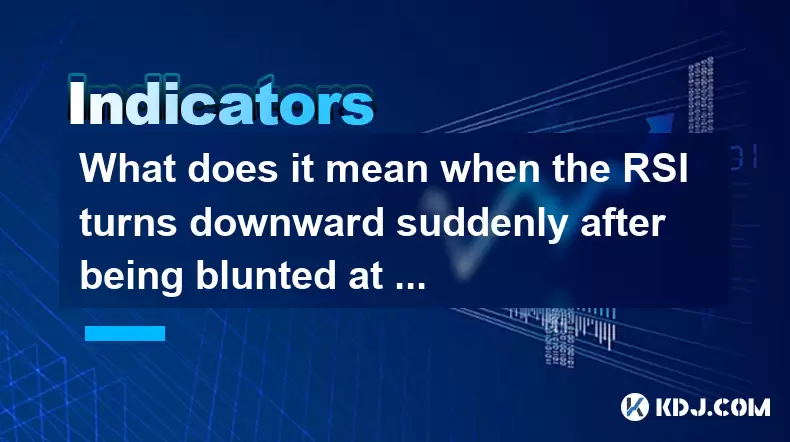
What does it mean when the RSI turns downward suddenly after being blunted at a high level?
Jul 25,2025 at 04:00pm
Understanding the RSI and Its Role in Technical AnalysisThe Relative Strength Index (RSI) is a momentum oscillator that measures the speed and change ...
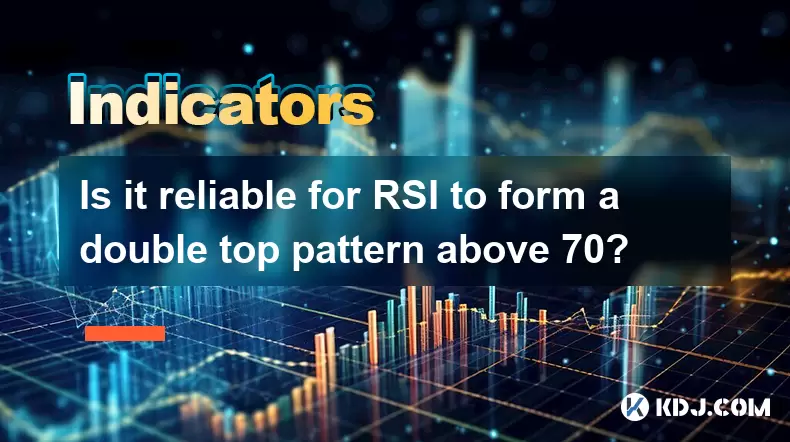
Is it reliable for RSI to form a double top pattern above 70?
Jul 25,2025 at 04:49pm
Understanding the RSI Indicator and Its Role in Technical AnalysisThe Relative Strength Index (RSI) is a momentum oscillator that measures the speed a...
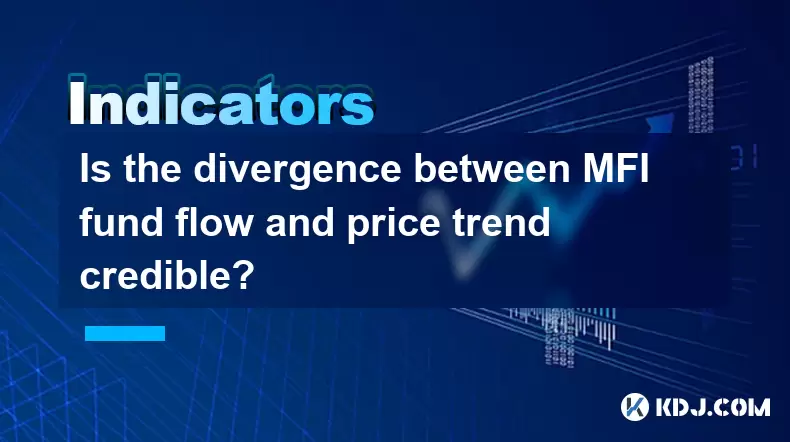
Is the divergence between MFI fund flow and price trend credible?
Jul 25,2025 at 12:01pm
Understanding MFI and Fund Flow in Cryptocurrency MarketsThe Money Flow Index (MFI) is a technical oscillator that combines price and volume to assess...
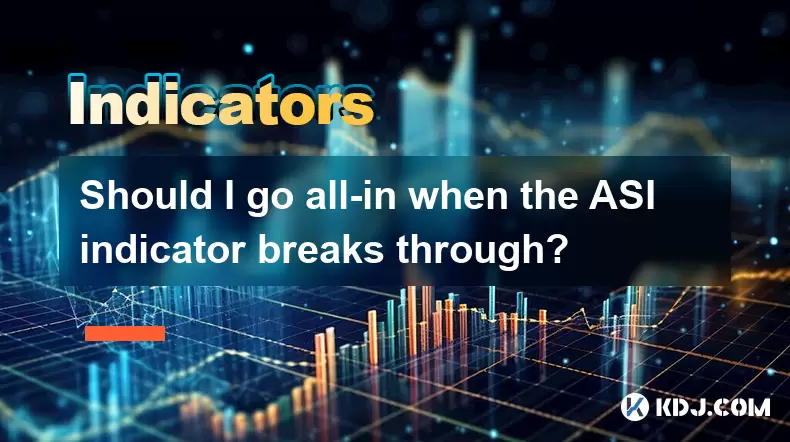
Should I go all-in when the ASI indicator breaks through?
Jul 25,2025 at 01:56pm
Understanding the ASI Indicator and Its SignificanceThe Accumulation Swing Index (ASI) is a technical analysis tool developed by Welles Wilder, the sa...

Should I go all in when DIF crosses DEA?
Jul 25,2025 at 12:42am
Understanding DIF and DEA in MACD AnalysisWhen traders analyze DIF and DEA in the context of the Moving Average Convergence Divergence (MACD) indicato...

Should I go all in when the upper edge of the box is broken?
Jul 25,2025 at 01:50am
Understanding the 'Box' in Cryptocurrency Price ChartsThe term 'box' in cryptocurrency trading typically refers to a price consolidation range where t...

What does it mean when the RSI turns downward suddenly after being blunted at a high level?
Jul 25,2025 at 04:00pm
Understanding the RSI and Its Role in Technical AnalysisThe Relative Strength Index (RSI) is a momentum oscillator that measures the speed and change ...

Is it reliable for RSI to form a double top pattern above 70?
Jul 25,2025 at 04:49pm
Understanding the RSI Indicator and Its Role in Technical AnalysisThe Relative Strength Index (RSI) is a momentum oscillator that measures the speed a...

Is the divergence between MFI fund flow and price trend credible?
Jul 25,2025 at 12:01pm
Understanding MFI and Fund Flow in Cryptocurrency MarketsThe Money Flow Index (MFI) is a technical oscillator that combines price and volume to assess...

Should I go all-in when the ASI indicator breaks through?
Jul 25,2025 at 01:56pm
Understanding the ASI Indicator and Its SignificanceThe Accumulation Swing Index (ASI) is a technical analysis tool developed by Welles Wilder, the sa...

Should I go all in when DIF crosses DEA?
Jul 25,2025 at 12:42am
Understanding DIF and DEA in MACD AnalysisWhen traders analyze DIF and DEA in the context of the Moving Average Convergence Divergence (MACD) indicato...

Should I go all in when the upper edge of the box is broken?
Jul 25,2025 at 01:50am
Understanding the 'Box' in Cryptocurrency Price ChartsThe term 'box' in cryptocurrency trading typically refers to a price consolidation range where t...
See all articles

























































































